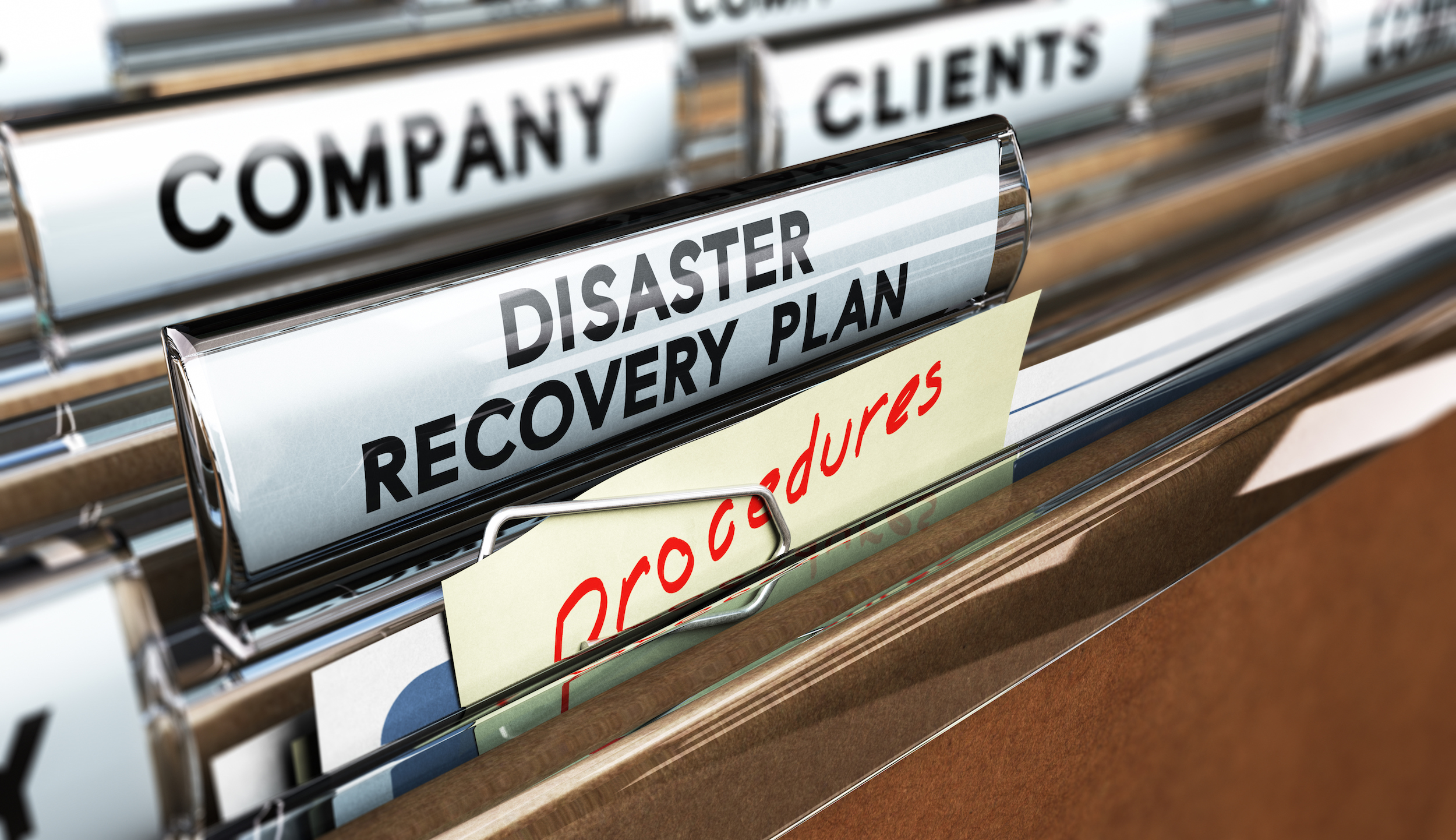
Commercial Real Estate Needs Community Relations
By: Mark Winter
Community relations cannot be overlooked as a critically important piece of commercial real estate today.
From a modest neighborhood grocery-anchored retail center to a large regional mixed-use or multifamily development, commercial real estate projects are increasingly and invariably dependent on the support, approval, and general goodwill of the surrounding community. This support is important not only to get funded and built but to achieve sustained financial success.
These private assets are almost always public resources. The complex process of navigating the community relations landscape—complete with thoughtful communications and PR strategies—is not one that should be taken lightly.
Shaping public sentiment over developments that are often literally changing the landscape of the community requires a very specific and nuanced skillset. Securing community support requires a sophisticated understanding of when and how to not just educate, inform and communicate with but truly connect with the surrounding neighborhoods and community.
Non-negotiable
Let’s start with the reality that community buy-in is no longer an option. The days of “it’s my property, and I will build what I want” are long gone. Many developers haven’t figured that out yet. They are often laser-focused on the planning, design and financing details, and community relations is relegated to an afterthought, if at all, with little to no communications strategy on the front end.
This is a mistake.
TIFs, Tads and other economic development tools are influenced and approved by local policymakers. Those policymakers are elected to represent their community constituents. It doesn’t take much to connect the dots.
But even when public money or incentives are not involved, the figurative buy-in from civic and community leaders and community members is critically important. Zoning or land use changes, infrastructure approvals and variances are commonplace. Developers need to start with the understanding that no matter how long or short the laundry list of “asks” is, they need community support more than the community needs them.
People power
Developers should avoid the mindset that because they own the property, they can do whatever they want within the law. The reality is far more complex. Much has changed over the years regarding the ways in which communities can have a direct influence over projects. Community organizations, activist groups or political affiliations can all have an impact. Even a group of concerned neighbors can have a significant influence. Everyone is a producer of content, and the reach of social media means even one person can drive the narrative.
People have long memories about how they are treated, and it isn’t just organized oppositional campaigns that can damage a project’s fortunes. If a community feels disregarded or that concerns were not heard or addressed, they may take their dollars elsewhere to make a stand instead of shopping or eating at your development. It doesn’t take long to make a bad impression.
The good news: it also doesn’t take much to make a good impression. But it must be done early, strategically and through a thoughtful and targeted communications and PR program executed with confidence and skill.
Move quickly
Whether it’s your internal communications team or a collaborative partnership with an external partner, speed is of the essence. As soon as you acquire the property in question, engage in a strategic communications plan. For example, if you are talking to your architect, you should also be talking to your communications team. And if you’re interviewing general contractors, it’s likely already too late.
The story—real or perceived—builds early. Few things move faster or change more quickly than public opinion. Once the ball starts rolling, it can be tough to stop it, so start laying the foundation for PR success as soon as possible. In general, community relations and PR are fairly front-loaded. Once the up-front work is completed, it becomes a comparatively straightforward maintenance exercise going forward.
Talk the talk
Community relations is like politics. A relatively small personal engagement can have an outsized impact—even if it is just one part of a more elaborate and sophisticated media campaign. Town halls and community meetings are an outstanding way to manage communication, share curated information with the public, and engage in the kind of strategic and proactive knowledge-sharing that can allay concerns and transform uncertainty into positivity.
The developer’s role at these community events is to be a good neighbor and community partner. Be honest and operate in good faith, with as much transparency as possible. Working closely with a trusted PR partner (like Identity) can help you prepare for even the most awkward or challenging questions, with readily available responses that are honest and credible without overpromising or leaving the wrong impression.
Listen up
Don’t just talk; listen. And recognize what community residents want and need to hear.
At a recent public forum for a large project we are supporting in the Midwest, the overwhelming majority of questions from the crowd consisted of practical everyday concerns that would impact their lives. There was less interest in hearing about public incentives, economic impact statistics or even potential tenants. Neighbors mostly wanted to discuss traffic and safety, and to have their concerns about construction disruption alleviated. In general, traffic, aesthetic improvements and property values will often garner more focus than jobs created and economic development.
Less is more
While it’s important to be honest and direct, it’s generally a good idea to provide limited concrete information about project plans early in the process. Developers know all too well how often plans change, especially with large mixed-use developments with many moving pieces. It’s wise to avoid certainty or promises that may work against you in the future.
The missing piece
For quick-moving developers juggling complex logistical and financial variables, a strategic communications program might seem like an unnecessary step and expense. Savvy developers know differently. They recognize both the short and long-term value and have experienced first-hand the huge ROI generated for the relatively modest cost.
The bottom line is that a well-executed strategic community relations plan is a difference-maker: the sometimes-overlooked piece of the development puzzle that defines the arc of a project’s success. Guided by PR and communications activity, these plans allow a developer the invaluable opportunity to drive their own narrative, shape the conversation, and tell their story their way.
If you don’t tell your story, someone else is going to do it for you. Ceding control over that critical detail is not a gamble you should ever take.



